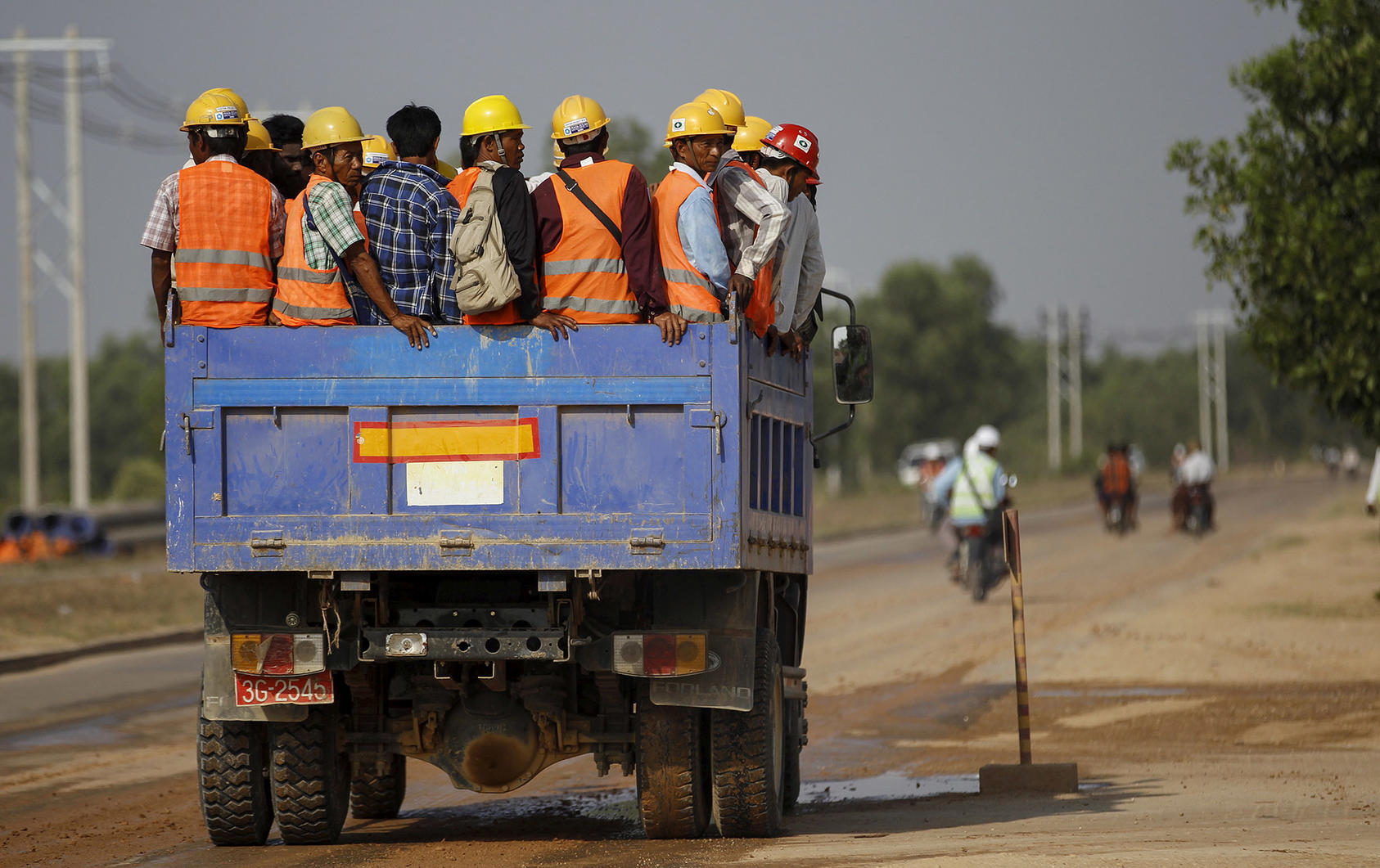Developing countries throughout Asia, Africa, and Latin America are grappling with how to deal with China's rising economic influence—particularly the multibillion-dollar development projects financed through China’s Belt and Road Initiative. Myanmar, however, appears to be approaching foreign investment proposals with considerable caution. This report examines the framework the country is developing to promote transparency and accountability and to reserve for itself the authority to weigh the economic, social, and environmental impacts of major projects proposed by international investors, including China.

Summary
- In 2018, Myanmar’s government launched a new policy framework for guiding the country’s long-term development plans. If fully implemented, the policy would apply international standards and norms to its regulation of large-scale development projects undertaken by commercial and state-owned enterprises and joint ventures.
- The policy, however, is likely to remain largely aspirational unless the government can overcome major political and institutional impediments, including military control of certain political and economic sectors, corruption, and armed conflict in the country’s resource-rich periphery.
- Responding to Myanmar’s desire to modernize its infrastructure, Myanmar and China have agreed in principle to develop a China-Myanmar Economic Corridor with extensive Chinese investment. The net effect is likely to bind the two economies ever more closely together.
- To compensate for the lack of government capacity to implement the new policy, Myanmar’s capital, Naypyidaw, would be well advised to harness the talents of the country’s civil society organizations, many of which are already active in conflict areas and could help local communities ensure that their interests will be served by the new investments.
About the Report
Based on government documents, media reports, interviews, and a review of Myanmar’s past experience with foreign investment, this report evaluates the potential for peace or conflict in Myanmar resulting from the major infrastructure development being sought by the Myanmar government, particularly from China.
About the Author
Priscilla Clapp is a retired minister-counselor in the U.S. Foreign Service and an affiliate of USIP’s Burma program. She has served in many capacities in the U.S. Department of State, including as chief of mission in Myanmar (1999–2002) and deputy assistant secretary for refugee programs (1989–93). She also served in posts at the U.S. embassies in South Africa, the Soviet Union, and Japan, and worked on the State Department’s Policy Planning Staff.